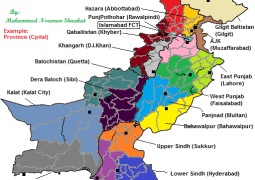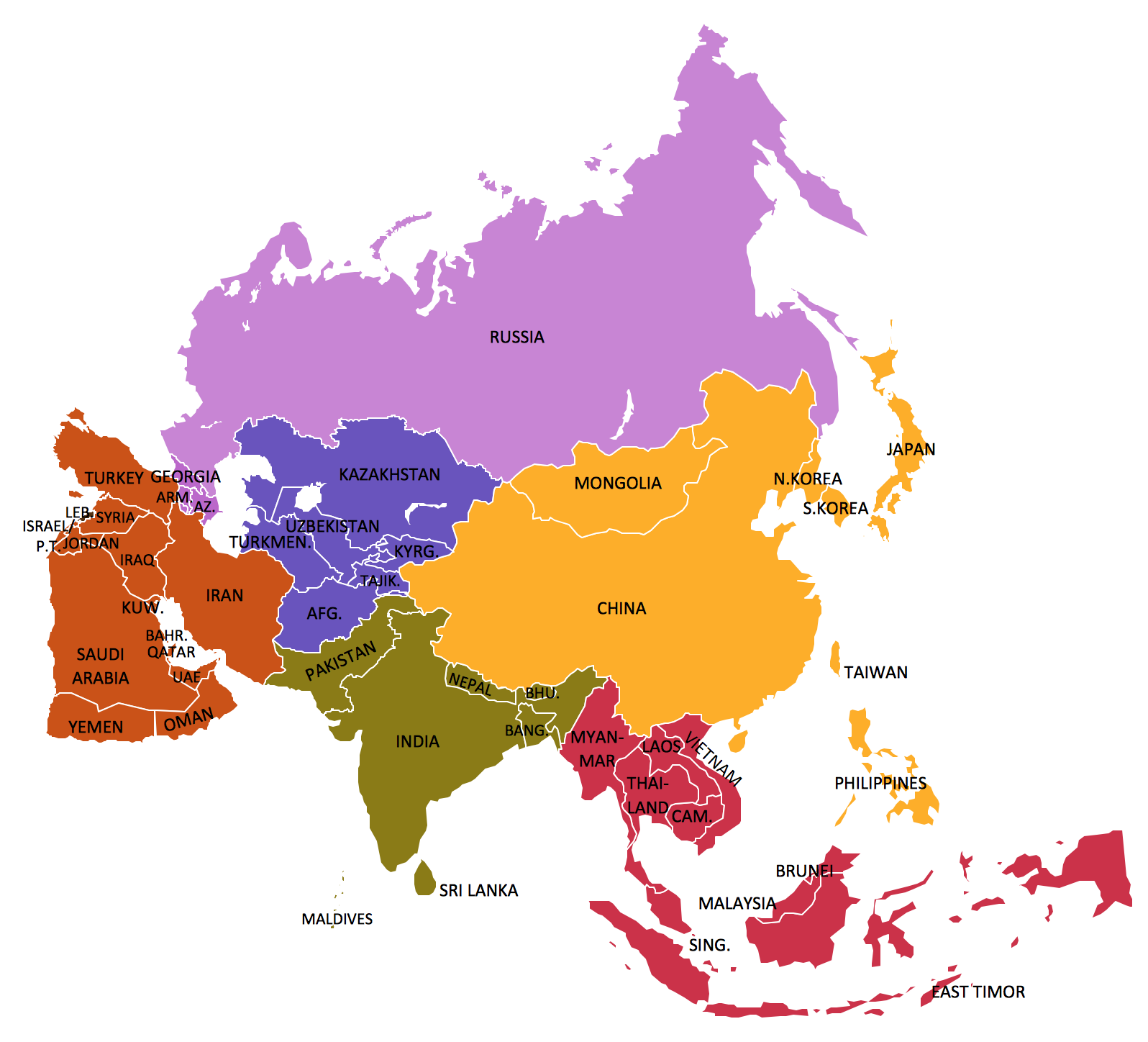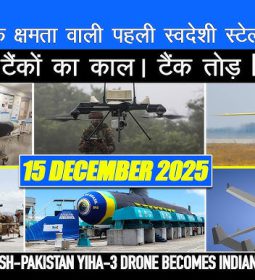3rs World War avoided – for now: How Indians and Pakistanis will behave in few years – nobody knows

Clashes between the regional rivals marked the first use in combat of several Chinese weapons systems. And the previously untested inventory appears to be effective.

The intense aerial exchange between the regional rivals marked the first use in combat of several Chinese weapons systems purchased by Pakistan. And despite the fog of war, the previously untested inventory appears to be effective.

Pakistan mainly relied on Chinese combat planes such as J-10C and JF-17 Thunder aircraft and air defense systems, including the HQ-9, to shoot down Indian fighter jets and incoming drones. This reflects the significant presence of Chinese military hardware in Pakistan’s military arsenal. According to Stockholm International Peace Research Institute (SIPRI), China accounted for nearly 82 percent of Pakistan’s arms imports between 2019-2023. Owing to this robust bilateral defense trade, Pakistan’s claim of shooting down Indian fighter aircraft, including its most advanced jet, with Chinese assets became a trending topic for Chinese policymakers and social media. Reportedly, the sha res of AVIC Chengdu Aircraft Co., the manufacturer of J-10C aircraft, saw a sharp hike of 20 percent amid the India-Pakistan clashes.
res of AVIC Chengdu Aircraft Co., the manufacturer of J-10C aircraft, saw a sharp hike of 20 percent amid the India-Pakistan clashes.
Historically, the conventional disparity between Pakistan and India has prompted the former to counterbalance the latter’s dominance. This dynamic became more apparent after the Pulwama attack in 2019, when India conducted aerial strikes in the outskirts of Balakot, Pakistan. The Balakot strikes were followed by retaliatory riposte by Pakistan, which saw the downing of two Indian fighter jets, the crash of an Indian Air Force (IAF) helicopter in a friendly fire incident, and an Indian pilot being captured. In the aftermath of the episode, both India and Pakistan poured significant resources into upgrading their military capabilities.
For Pakistan, China serves as a guaranteed provider of advanced fighter jets, submarines, drones, air defense systems, radars, missiles, frigates, and satellites. The co-development of the JF-17 Thunder, along with the procurement of J-10C Vigorous Dragons, has augmented Pakistan’s operational edge in the region. In addition, the Chinese-made HQ-9P, LY-80, FD-2000 and FM-90 constitute Pakistan’s integrated air defense systems, combined with other platforms. Together, these assets form a critical lynchpin of Pakistan’s network-centric warfare capabilities.
Pakistan has also benefited from China’s space capabilities by launching satellites from Chinese launch facilities. In 2018, it became the first state other than China itself to receive access to BeiDou’s military-grade position, navigation, and timing data, which increases the precision of missiles, aircraft and ships.
Meanwhile, realizing the significance of drones in modern warfare, Pakistan operates numerous Chinese-origin drones such as the CH-4 and Wing Loong II, which enhance Pakistan’s intelligence, surveillance, and reconnaissance (ISR) capabilities.
This robust partnership has enabled Pakistan to ensure credible deterrence against India’s military advancements. For a long time, the F-16 acquired from the United States has been Pakistan’s mainstay. However, the integration of the J-10C and JF-17 Block III, equipped with the advanced PL-15 beyond-visual-range air-to-air missile, marked a turning point where Chinese technology is replacing Western weaponry as the operational backbone of Pakistan.

The India-Pakistan crisis thus served as a field test for previously untested Chinese weaponry, such as the use of long-range PL-15 against Indian jets. The apparent success of these systems could potentially address global concerns over their combat viability. If confirmed, the development could bolster global perception of China’s military-industrial capabilities – it would be akin to Serbia’s downing of the F-117 Nighthawk in terms of optics.
Pakistan’s success in downing Indian aircraft demonstrates that China’s military industrial complex has become competitive vis-à-vis its counterparts. In this context, the J-10C and JF-17 are likely to gain market traction, reinforcing China’s technological prowess and helping dispel doubts about its parity with established defense producers.
The current scenario offers a real-time lens into the performance of Chinese military hardware against Western systems. Although China claimed it was “not familiar” with the involvement of Chinese jets, it is cautiously observing the outcome of its weapon systems in actual combat. For a rising military power that has not been in a major conflict since the Sino-Vietnamese War of 1979, the successful demonstration of its premium military hardware will help it anticipate its performance in future conflicts around the Asia-Pacific.

China’s military support to Pakistan makes the latter a key strategic ally in South Asia. The battle testing of Chinese weapons in the latest India-Pakistan clashes thus served two purposes: enhancing Pakistan’s qualitative position vis-à-vis India and demonstrating the technological ascendancy of Chinese military hardware.
- Previous Uzbekistan and Afghanistan: A New Era of Limited Recognition
- Next Saudi investments prod US to lift sactions on Sharaa + request of Saudi Crown Prince Mohammed bin Salman.
















